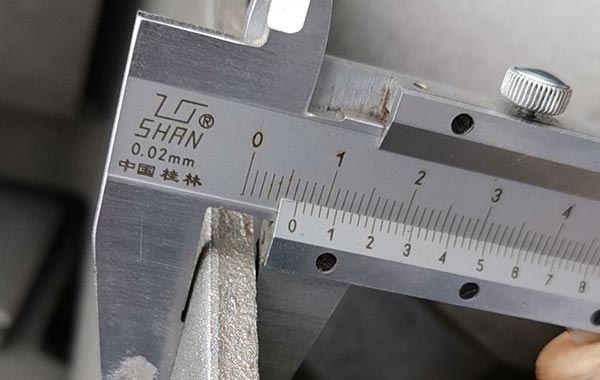In stamping production, dimensional accuracy is one of the key indicators for evaluating the quality of stamped components. Dimensional deviations not only affect subsequent assembly but may also result in batch rejection or customer returns. Therefore, mastering the core aspects of dimensional control is an essential skill for every stamping process engineer.
Ⅰ. Main Factors Affecting Dimensional Accuracy of Stamped Parts.
1. Die Design and Manufacturing Precision: Improper die clearance or high manufacturing tolerances are primary causes of dimensional variation. Accurate alignment and guiding mechanisms must also be strictly controlled.
2. Stability of Stamping Equipment: The press’s bottom dead center repeatability, slide clearance, and overall machine rigidity directly impact forming consistency.
3. Material Property Fluctuations: Variations in material thickness and strength lead to differences in springback behavior, thus affecting dimensional outcomes.
4. Process Parameter Settings: Inconsistent feeding accuracy, lubrication, and stamping speed can cause deviations in dimensions.
Ⅱ. Key Measures for Dimensional Accuracy Control.
1. High-Precision Die Machining and Regular Maintenance: Ensure die condition stability and timely sharpening of cutting edges.
2. Use of Stable and Precise Stamping Presses: For high-accuracy components, presses with excellent repeat positioning accuracy are essential.
3. Strict Material Inspection: Control the consistency of material thickness and mechanical properties.
4. Optimized Process Settings: Employ servo feeders and automatic lubrication systems to enhance process consistency.
5. In-Process Monitoring and Data Analysis: Implement SPC (Statistical Process Control) to detect and respond to dimensional trends promptly.
Dimensional accuracy control is not achieved through a single step but is the result of systematic coordination among tooling, equipment, materials, processes, and inspection. Only by addressing issues at the source and establishing a comprehensive quality control system can manufacturers ensure both high production efficiency and stable dimensional consistency of stamped parts.


